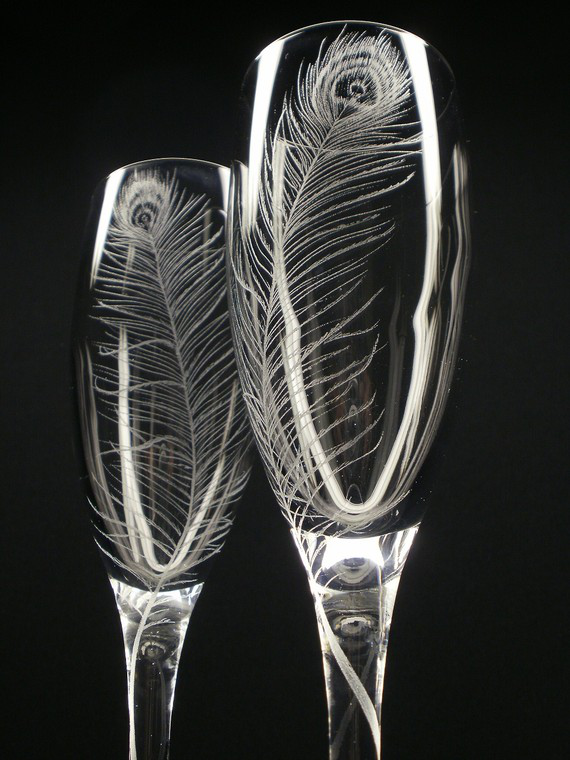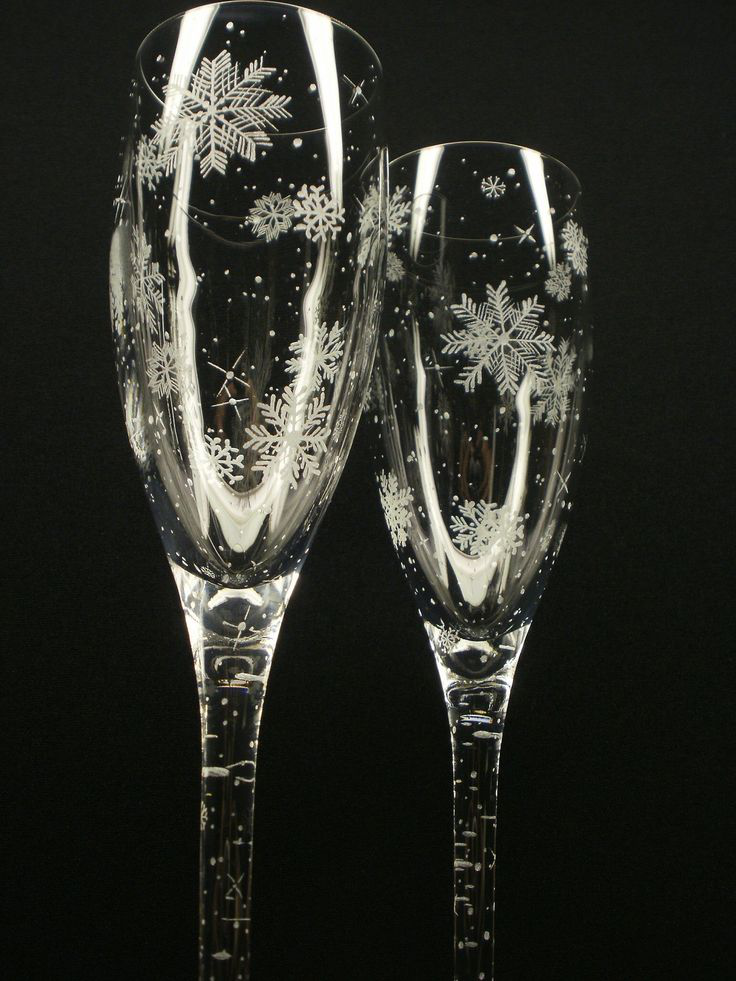Infrared laser and UV lasers are two kinds of laser that widely used, what is the difference between these two lasers? How to choose the laser for a higher quality marking?
Infrared YAG laser with the wavelength of 1.06μm, which is the most widely used laser source in material surface processing. However, many plastics and large quantities of specialty polymers such as polyimides that are used as substrates for flexible circuit boards cannot be processed elaborately with infrared or heat treatment.
Because heat makes plastics deforms, creating carbonized damage on the cut or bored edges that can lead to structural weakening and parasitic conductive pathways, some subsequent processing steps have to be added to improve the quality of the process. Therefore, infrared lasers are not suitable for the processing of some flexible circuits. In addition, the wavelength of an infrared laser cannot be absorbed by copper, even at high energy densities, which limits its use even more harshly.
The UV laser output wavelength below 0.4μm, which is the main advantages for deal with polymeric materials. Unlike infrared processing, micro processing of UV laser is not a heat treatment in nature, and most materials absorb ultraviolet light more easily than infrared. High energy UV laser destroy the surface molecular bonds directly of non-metal materials. Parts machined with this "cold" photolithography process have smooth edges and minimal carbonization.

Moreover, the shortwave of UV laser with properties that is superior to mechanical micromachining of metals and polymers. It can be focused on the order of sub-micrometers, enabling the processing of fine parts, high energy density and efficient material processing even at low pulse energies and micropores industry. The application has been quite extensive in the following two ways:
First, the use of infrared laser: the surface of material is heated to be vaporization (evaporation) and to remove these materials; this way is often called as heat processing, and mainly use YAG laser (wavelength 1.06μm).
The second way is the use of ultraviolet laser: high-energy ultraviolet directly destroy the molecular bonds on non-metal material surface, makes these molecules off from the objects, this method does not produce high heat, and called cold processing, mainly use UV laser (wavelength 355nm).



